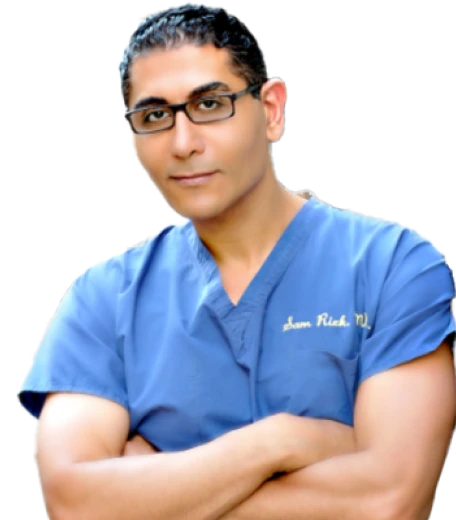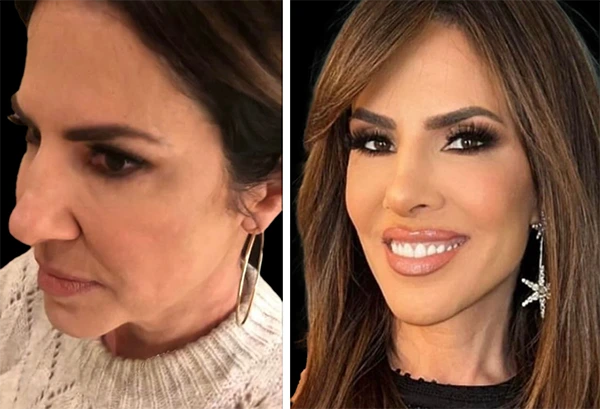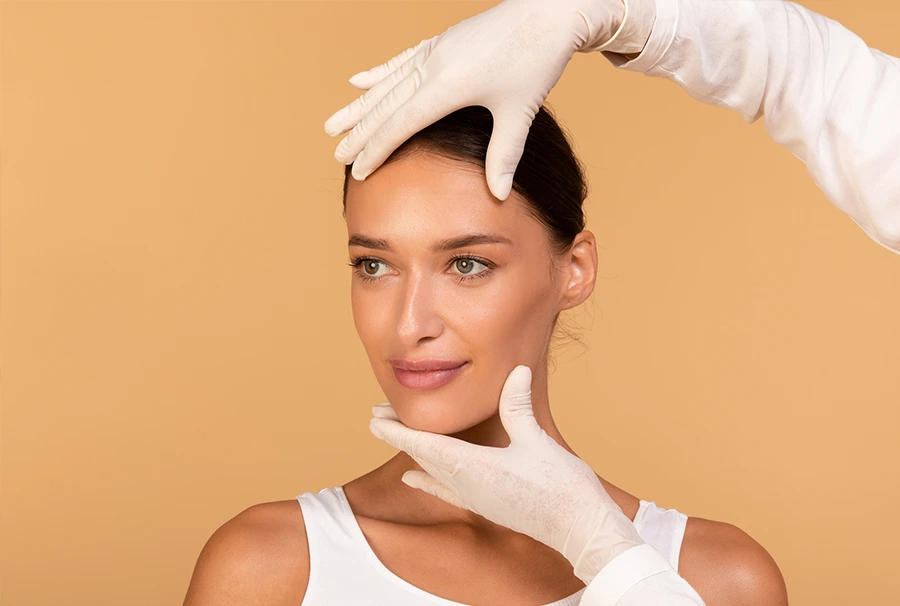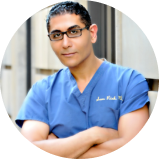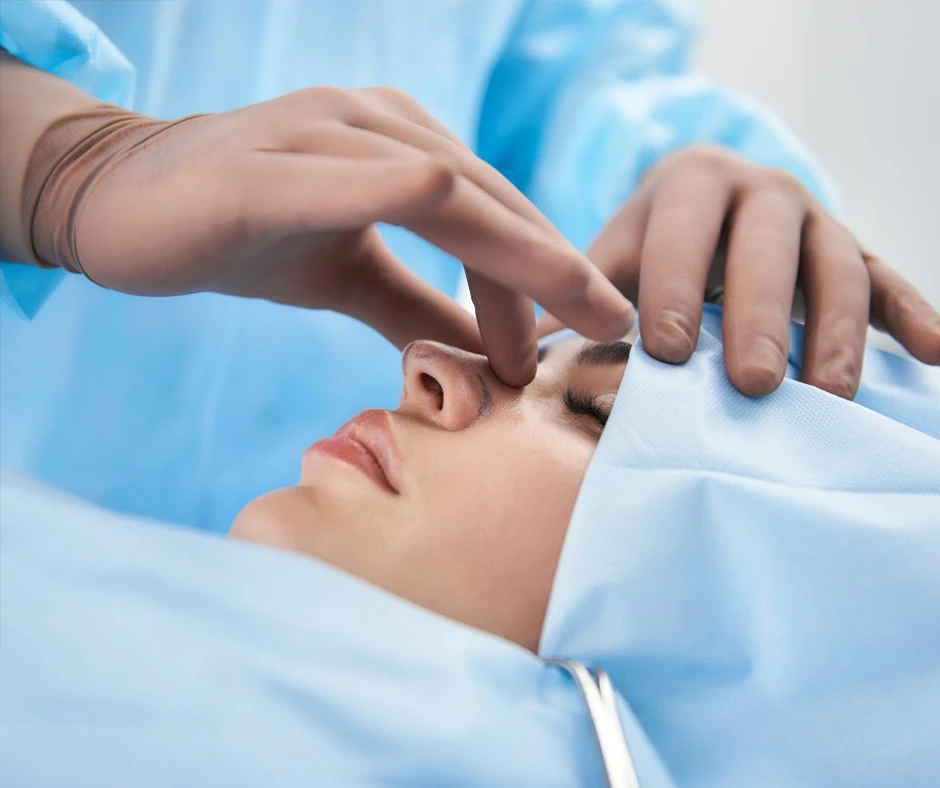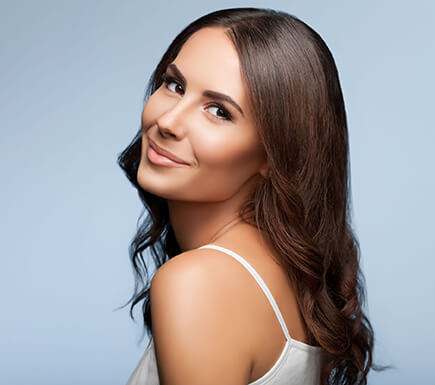Considering nose reshaping (rhinoplasty) surgery? You’re not alone.
Each year, about 500,000 people see a facial plastic surgeon to discuss rhinoplasty, according to the American Academy of Facial Plastic and Reconstructive Surgery (AAFPRS.org). Some individuals, both males, and females, may be bothered by the way that their nose looks, while others may be focused solely on relieving congestion or correcting another breathing issue, and many others are concerned about both form and function.
Asking the right questions before scheduling your rhinoplasty is one of the best ways to maximize your satisfaction with the results of your surgery, including:
1. Am I a good candidate for rhinoplasty?
Although most people can benefit from a rhinoplasty procedure, your facial plastic surgeon will examine your anatomy and consider your aesthetic and functional goals before deciding whether you are a good candidate and can get the desirable outcome.
2. How many rhinoplasty procedures do you perform each week, month or year?
There’s no magic number, but ideally, rhinoplasty should be one of the mainstays of your chosen surgeon’s facial plastic surgery practice.
3. Do you recommend an open or closed approach, and why?
In an open rhinoplasty procedure, a tiny incision is made across the columella (the strip of skin that separates the two nostrils) so that the nasal skin can be folded upward, providing your surgeon with full visibility and access to the underlying nasal structures. During a closed rhinoplasty, however, the entire procedure is performed through the nostrils. There is no one-size-fits-all answer to this question. Your facial plastic surgeon should explain why he suggests one approach over the other.
4. How close will my nose look to the images created by simulation software?
A rhinoplasty simulator can give you an idea of what your new nose will look like and help you understand your surgeons’ s vision. This technology helps open up the dialogue on expectations between you and your surgeon to make sure you are both on the same page.
5. How long will the surgery take?
The answer depends on many factors including the type of rhinoplasty and whether you are having other facial plastic surgery procedures performed at the same time. In general, it can last one to four hours.
6. What type of anesthesia do you use and why?
There are a handful of types of anesthesia that may be used for your rhinoplasty. Your facial plastic surgeon will go over the options and make recommendations.
7. How long will my recovery be?
This varies based on the type of nose surgery, how well you heal and how closely you follow your surgeon’s post-operative advice.
8. What can I do to minimize the chances of complications?
Your surgeon will give you a list of instructions to follow after your nose surgery. Dr. Rizk tells all of his rhinoplasty patients to keep their head at a 30° angle to decrease swelling, use ice compresses over the eyes for two days, and to avoid strenuous activity and bending for 2 weeks, among other tips.
9. How long will it take for all of the swelling to go down?
It often takes a full year (365 days!) for all of the swelling to abate following rhinoplasty. It’s important to understand this as this is also how long it can take to realize the full benefits of the procedure. If you are unhappy with the results, most facial plastic surgeons recommend waiting at least one year before considering revision surgery.
10. What is your policy on revisions?
All facial plastic surgeons are likely to have their own policies. It’s a good idea to understand this policy before you undergo your nose surgery.
To schedule a rhinoplasty consultation with double board-certified facial plastic surgeon Sam Rizk, MD, call 212-452-3362.
Related Blog Posts
- HOW YOUNG IS TOO YOUNG FOR NOSE RESHAPING SURGERY?
- Join Dr. Sam Rizk as he discusses the many challenges of revision rhinoplasty with New York Social Diary.

